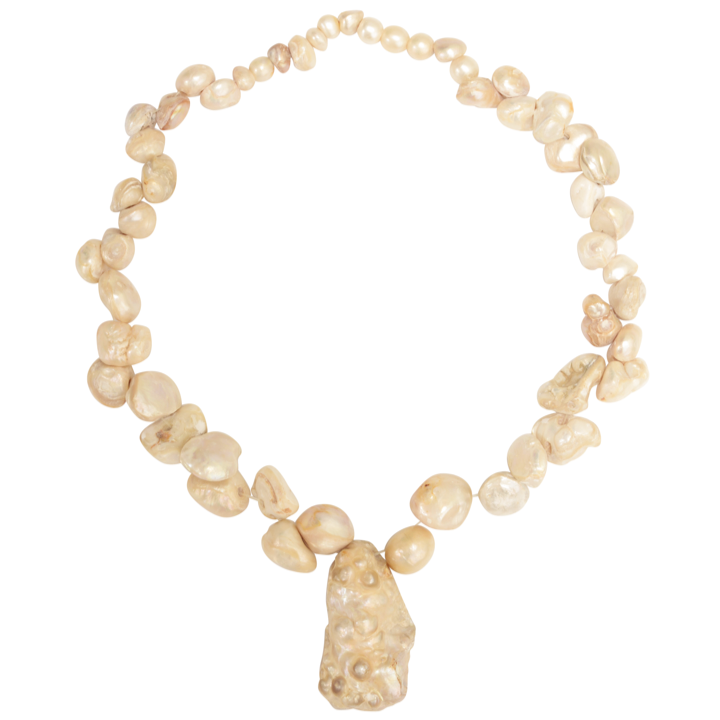In August 1498 Christopher Columbus discovered the American continent during his third voyage. Meanwhile during his first two voyages, he did not discover any vast treasures, it was the third voyage that yielded the highest returns.
LETTER OF FRANCISCO LOPEZ DE GOMARA (published in 1554 AD about the arrival of Columbus in 1498):
…Said Columbus then to the Spaniards: “We are in the richest country of the world. Let us give thanks to the Lord.” They wondered at seeing all those rough pearls so large, for they had never seen so many, and could not contain their delight. They understood that the Indians did not care much for the small ones, either because they had plenty of large ones, or because they did not know how to pierce them…
Pearls as Commodity
The first commodity used in The Americas were pearls. Spaniards would classify the pearls found on the pearl coast in the Southern Caribbean area, between 1498 and the 1550ies.
(In contrast, Saint Augustine Florida, the oldest city in the USA, was formed in 1565).
There were about 35 classes. “Rostrillo” pearls were smaller and of irregular shape, they had lesser value and were used as payment to the soldiers and in exchange of goods by local merchants. “Cadenilla” pearls were slightly larger and used as payment to the officers. Below, you can find some pictures of saltwater pearls that according to the historic scriptures could be classified as “Rostrillo” and “Cadenilla” pearls.
Pearls for religious uses
From that same period and region, there were also pearls that were smaller, somewhat roundish, and with a yellow hue. Those were not used as currency or for gemological use, but they were used to create religious ornaments and tools, such as rosaries. Those pearls were called “Ave Maria”.
Pearls for gemological purposes
Pearls used for jewelry were called “Pedreria” pearls. Those had a higher value and if two similar pearls were found, their value increased exponentially. They were mostly round, pear shaped, or oval, had an intense luster and no visible blemishes.
















